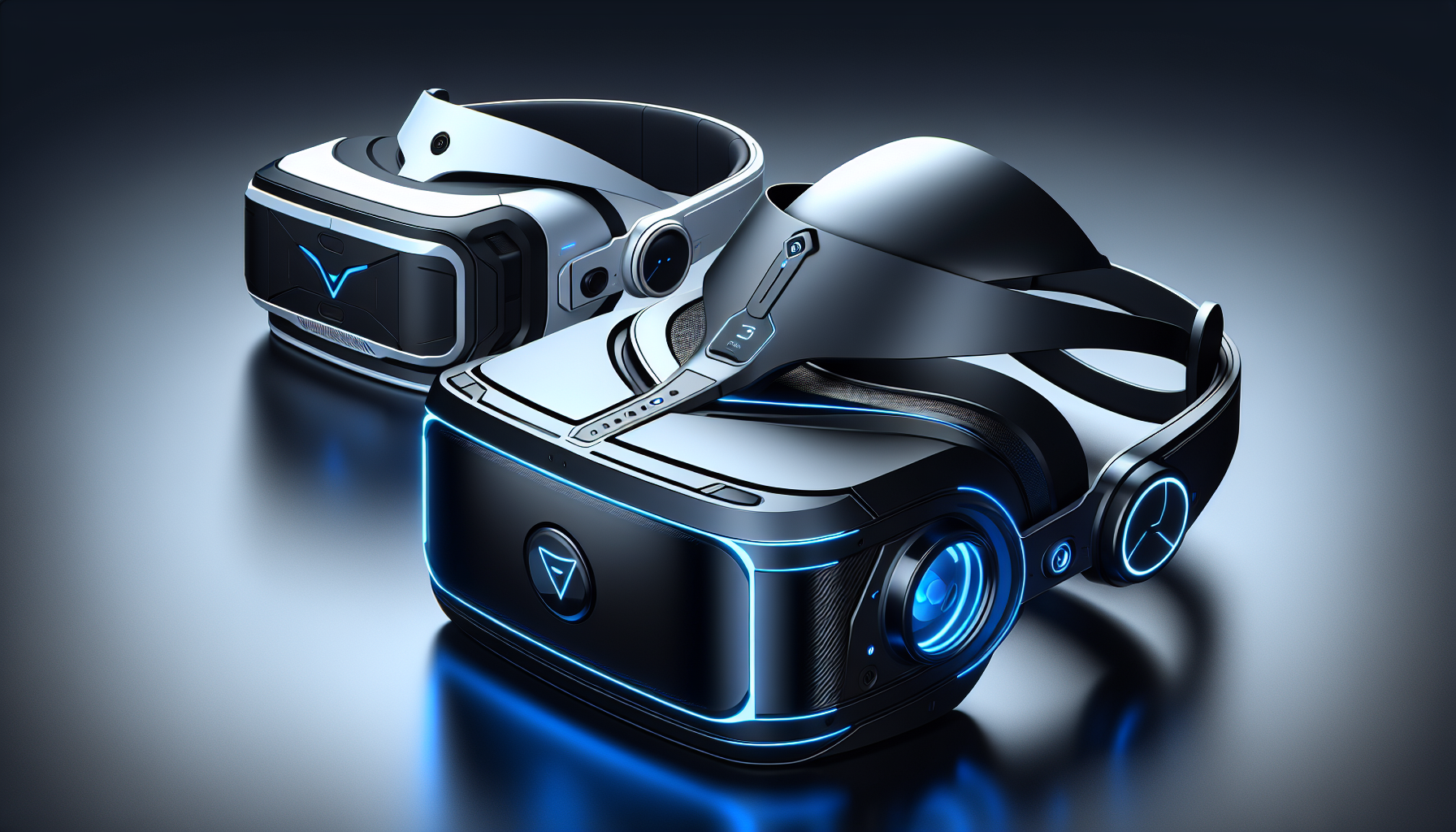
Samsung Galaxy XR Headset: A New Player in the XR Landscape
Samsung has officially made its entrance into the extended reality (XR) sector with the launch of its Galaxy XR headset, positioning itself to compete with Apple’s Vision Pro. This initiative is a pivotal part of the tech titan’s approach to secure a foothold in the expanding XR industry.
Main Features of the Galaxy XR Headset
The Samsung Galaxy XR headset runs on Google’s Android XR operating system and the Qualcomm Snapdragon XR2+ Gen 2 platform. With a price tag of $1,800, it offers a more economical alternative to Apple’s Vision Pro. The headset is presently available in the U.S. and Korea.
Display and Performance
The Galaxy XR features a micro OLED display that boasts 27 million pixels, outdoing the Vision Pro by six million pixels. It provides a resolution of 3,552 x 3,840 and a refresh rate of 90Hz, which is slightly less than the Vision Pro’s 120Hz. Nevertheless, the display quality is anticipated to deliver a captivating experience for users.
Design and Comfort
At 545g, the Galaxy XR is considerably lighter than the Apple Vision Pro, which weighs between 750g and 800g. Samsung has prioritized ergonomic design, ensuring the headset’s frame evenly distributes pressure across the forehead and back of the head, reducing discomfort during prolonged use.
Enhanced User Experience with XR Optimized Applications
Samsung has incorporated numerous experiences tailored for XR, including widely used apps such as Google Maps, YouTube, and Google Photos. Users can navigate in 3D through Google Maps, view content on YouTube, and transform 2D images into 3D via Google Photos.
Multitasking and Entertainment
The Galaxy XR enables users to multitask seamlessly, allowing multiple apps to run concurrently. For entertainment, the headset supports streaming on a 4K micro OLED display, with platforms like Crunchyroll, HBO Max, and Peacock modifying their applications for Android XR.
Exclusive Offers and Bundles
Customers who buy the Galaxy XR before the year’s end will receive an Explorer Pack. This pack includes 12 months of Google AI Pro, YouTube Premium, and Google Play Pass. Additionally, users can benefit from a $1 per month trial of YouTube TV for three months, along with access to unique content like the NBA League Pass and NFL PRO ERA.
Conclusion
Samsung’s Galaxy XR headset offers an enticing option compared to Apple’s Vision Pro, with its attractive pricing, advanced features, and special content offers. As the XR market continues to expand, Samsung’s entry could greatly impact consumer preferences and promote further advancements in the field.
Q&A
Q1: How does the Galaxy XR stand against the Apple Vision Pro regarding display quality?
A1: The Galaxy XR is equipped with a micro OLED display that features 27 million pixels and a resolution of 3,552 x 3,840, while the Vision Pro provides a slightly elevated refresh rate of 120Hz compared to the Galaxy XR’s 90Hz.
Q2: What are the differences in weight between the Galaxy XR and the Vision Pro?
A2: The Galaxy XR has a weight of 545g, making it lighter than the Vision Pro, which ranges from 750g to 800g.
Q3: What exclusive content comes with the Galaxy XR Explorer Pack?
A3: The Explorer Pack encompasses 12 months of Google AI Pro, YouTube Premium, Google Play Pass, a trial of YouTube TV, and entry to NBA League Pass and NFL PRO ERA.
Q4: Are users able to multitask on the Galaxy XR headset?
A4: Yes, the Galaxy XR facilitates multitasking by allowing users to open several apps simultaneously, enhancing productivity and user experience.
Q5: Is the Galaxy XR accessible globally?
A5: At the moment, the Galaxy XR is available in the U.S. and Korea, with possibilities for broader availability in the future.